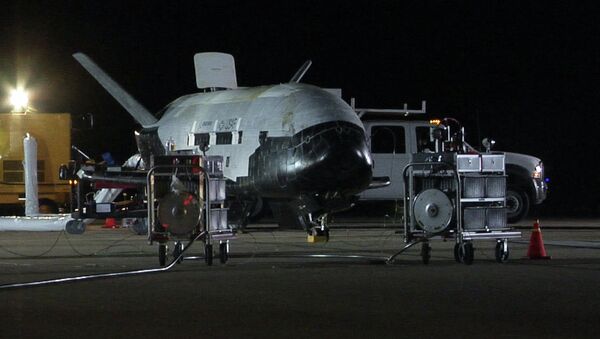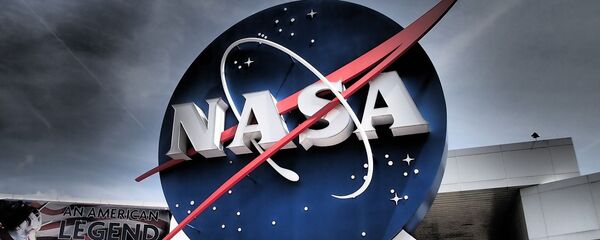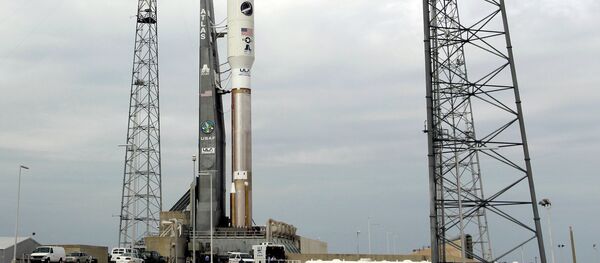This marks the X-37B program’s fourth mission and, if the craft spends 74 more days skyward, it will break the OTV-3 orbital record of 675 days. What the OTV-4 is doing in orbit, and how long it will stay aloft, is unclear, as well as what payloads it may be carrying, since most of that information is classified.
Some have posited that the plane is on a mission to destroy spy satellites, or possibly serve as a space bomber. The craft operates is low orbit, circling the Earth between 110-500 miles above the surface.
Secrecy expert Steven Aftergood from the Federation of American Scientists told the Daily Mail, "The US government has a bottomless appetite for sensitive information…As powerful as our intelligence satellites may be, they also have their limitations — most notably the limitations imposed by their orbital parameters."
April 2010 marked the beginning of the OTV missions, with OTV-1 spending 244 days in orbit before touching down in December of that year. OTV-2 spent 468 days in orbit, lifting off in March 2011 and landing in June 2012.
Boeing representatives have said that the Orbiter Processing Facility-1 (OPF-1), a former Kennedy Space Center space shuttle facility, will be used "to efficiently land, recover, refurbish and relaunch the X-37B Orbital Test Vehicle (OTV)," according to Space.com.
Boeing’s Space and Intelligence Systems, in El Segundo, California, is responsible for developing the X-37B, and the group houses the defense company’s commercial and governmental satellite development, along with experimental and space systems.
The OTV initiative, which falls under the purview of the US Defense Department, is being lead by the Air Force Rapid Capabilities Office under the direction of the Air Force Secretary and the under secretary of defense for acquisition, technology and logistics.
Only two reusable crafts have been confirmed as part of the X-37B fleet. Standing 9.6 tall and 29 feet long, the space vehicle has a wingspan of about 5 feet, and is powered by gallium arsenide solar cells with lithium-ion batteries.
Air Force Officials have noted that one of OTV’s main objectives is testing onboard equipment. Last September, deputy undersecretary of the Air Force for space Winston Beauchamp said, "It remains a very useful way to test out things."
Former deputy chief of staff for intelligence, surveillance and reconnaissance, Lt. Gen. David Deptula, told the Air Force Times in February 2016, "Space has become a ubiquitous element of everything that every service component, combatant commander, national intelligence organization, and leadership of the free world relies on…It’s very important to be on the leading edge of capitalizing on new technologies to keep us ahead of potential adversary moves."





